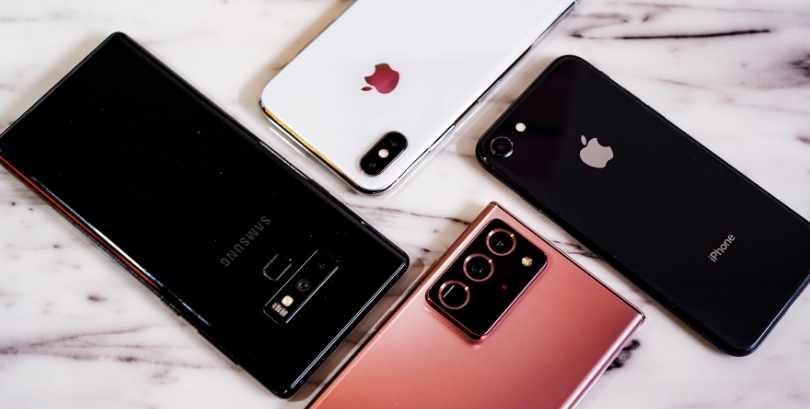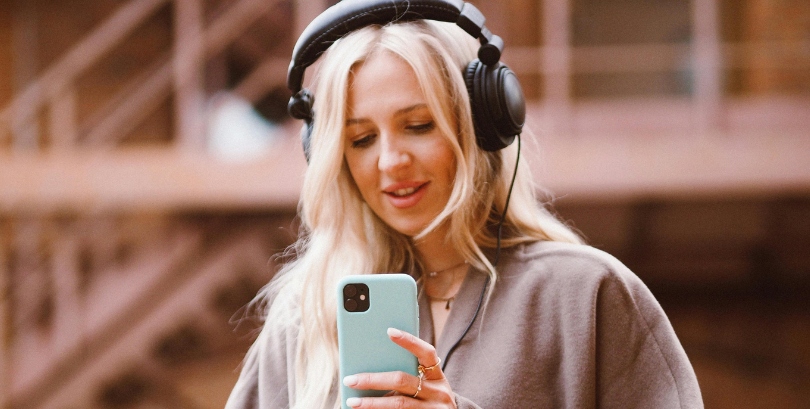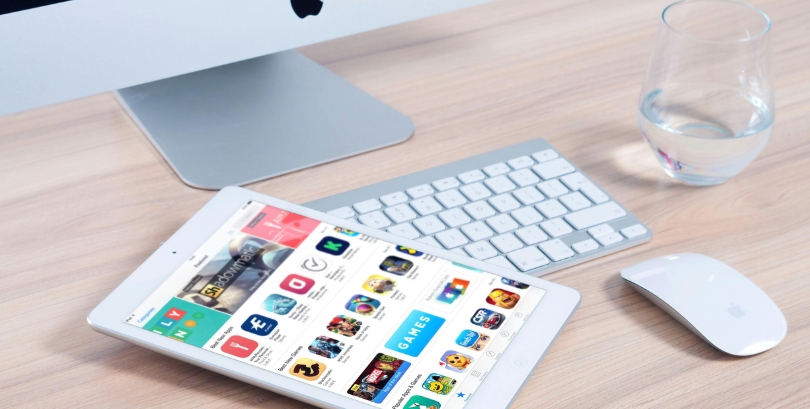Apple’s iOS continues to evolve with every update, but some of its newest additions have Android roots. In the tech rivalry between iOS and Android, it’s not uncommon to see features cross platforms.
While iPhone users welcome these enhancements, seasoned Android users might experience a sense of déjà vu.
Also Read: Gamification in Mobile Apps: Engaging Users for Better Retention
Learn about 5 cool iOS features that Android users enjoyed well before they landed on Apple devices.
The war between iOS and Android is a defining one in the tech industry. In the battle for smart, user-friendly features, Android often edges out its counterpart in introducing them. Let’s dig a little deeper into a few of them.
1. Lock Screen Widgets: Customized for Your Needs
With iOS 16, Apple introduced lock screen widgets, allowing users to view calendar events, weather, battery levels, and more without unlocking their phones. Android users have had similar functionality since Android 4.2 Jelly Bean back in 2012.
These widgets on Android have long offered users a personalized glanceable experience—something iPhone users now finally get to enjoy with recent iOS features.
2. Always-On Display: Keeps You Informed 24/7
Apple brought the Always-On Display to iPhones starting with the iPhone 14 Pro. This feature keeps essential information visible even when the phone is locked, such as time, notifications, and widgets.
Android phones, especially Samsung and Pixel devices, have had this functionality for years. It’s one of those iOS features that Android loyalists saw coming from miles away.
3. App Library: A Cosy Shelf for Your Apps
When Apple introduced the App Library in iOS 14, it felt like a new concept to iPhone users.
But in reality, Android users have long utilized the App Drawer to keep their home screens organized. With this iOS feature, users can now declutter their main screens and access a categorized list of all installed apps, much like Android’s setup.
4. Optical Character Selection (OCR): Simplifying Texts Selection
Live Text, one of the more advanced iOS features, lets users extract text from images and interact with it—copying, pasting, or translating seamlessly.
Android users familiar with Google Lens have had similar capabilities for years. Although Apple’s implementation is smooth and privacy-conscious, the concept is well-worn territory for Android users.
5. Spam Detection: Securing Calls, Messages, and You
With the help of apps like Google Assistant and built-in call screening, Android users have enjoyed advanced spam filtering for years. Apple only recently introduced a version of this with Silence Unknown Callers and more intelligent spam detection in iOS 17. As one of the more privacy-focused iOS features, it’s a welcome (albeit late) addition.
Conclusion: Android May Be First, But iOS Perfects It
It’s exciting to see iOS features evolve, even if they borrow from Android’s playbook. These enhancements improve the overall user experience, and ultimately, users across both platforms benefit.
While Android may have pioneered many of these ideas, Apple’s implementation often brings a refined, polished touch.
Tags:
Android DevelopmentiOS DevelopmentMobile UI/UXAuthor - Abhishek Pattanaik
Abhishek, as a writer, provides a fresh perspective on an array of topics. He brings his expertise in Economics coupled with a heavy research base to the writing world. He enjoys writing on topics related to sports and finance but ventures into other domains regularly. Frequently spotted at various restaurants, he is an avid consumer of new cuisines.



